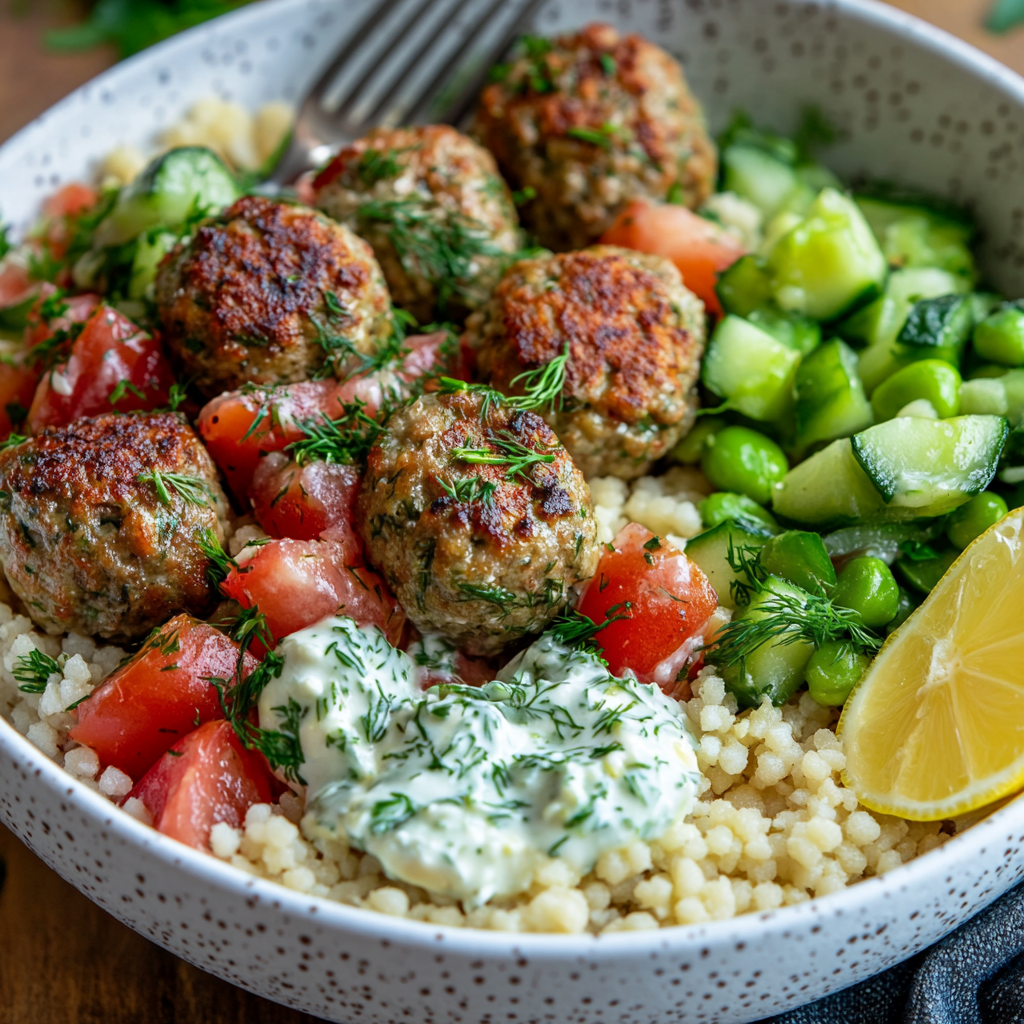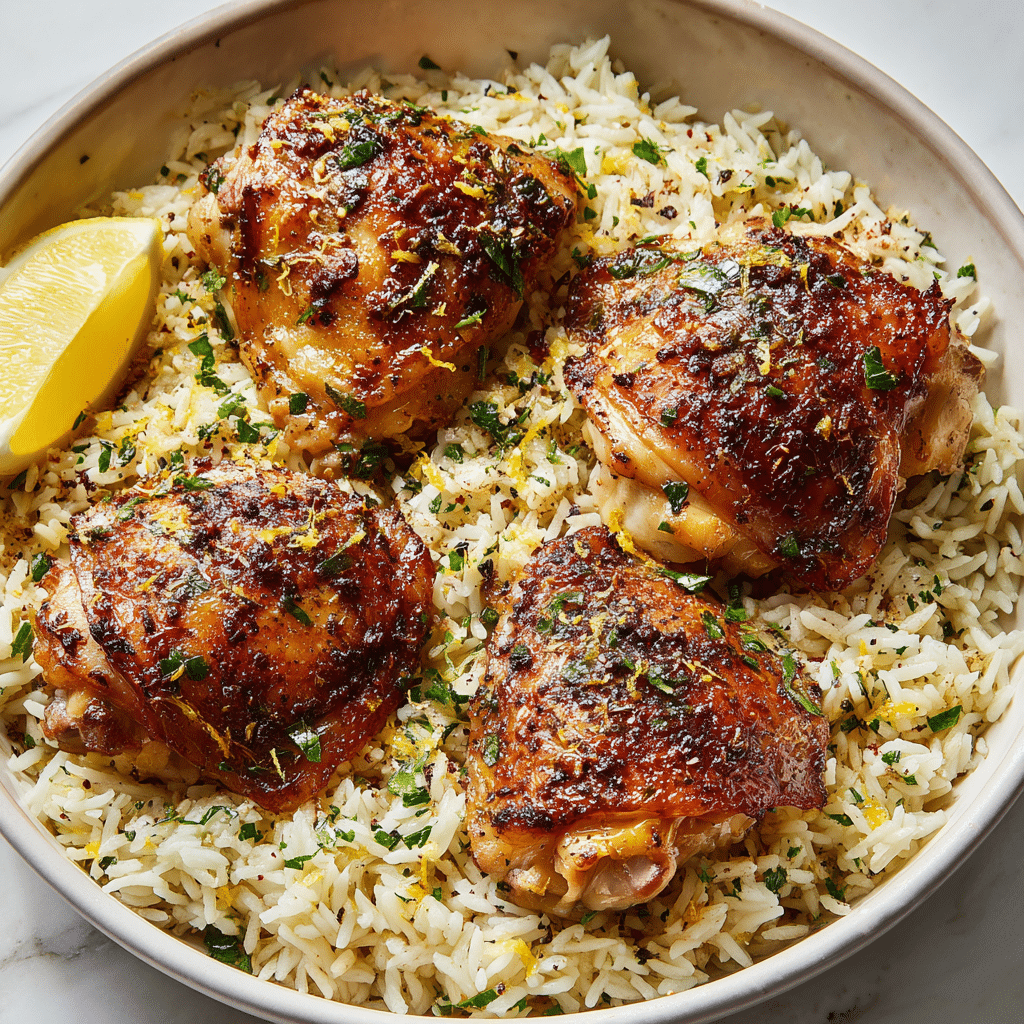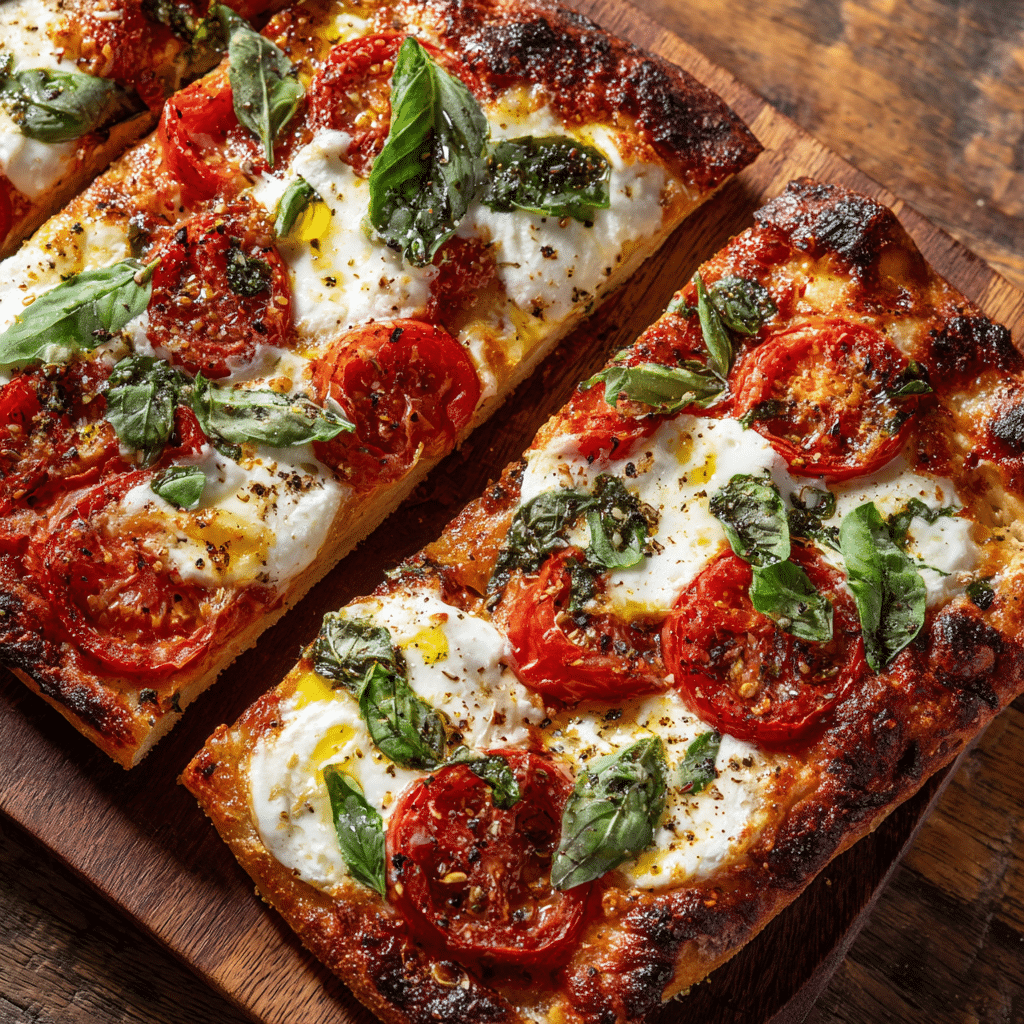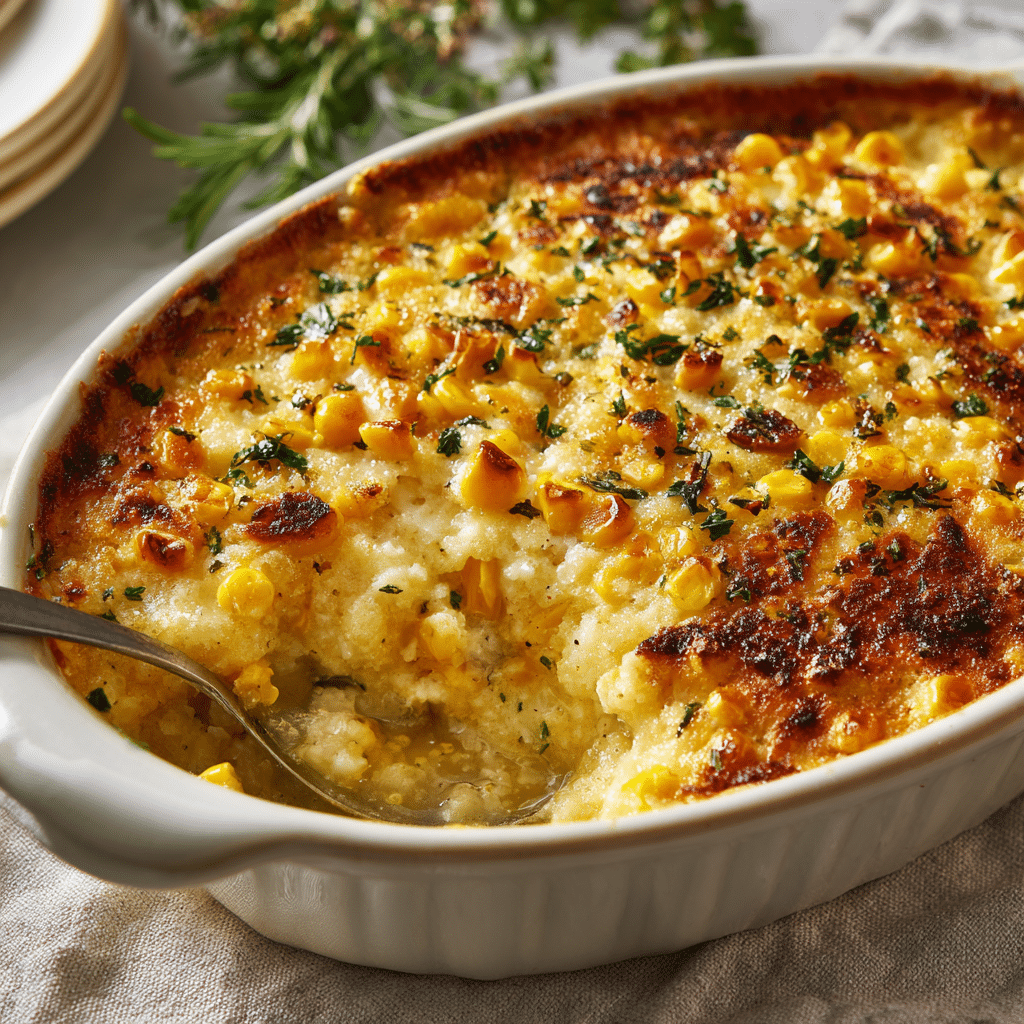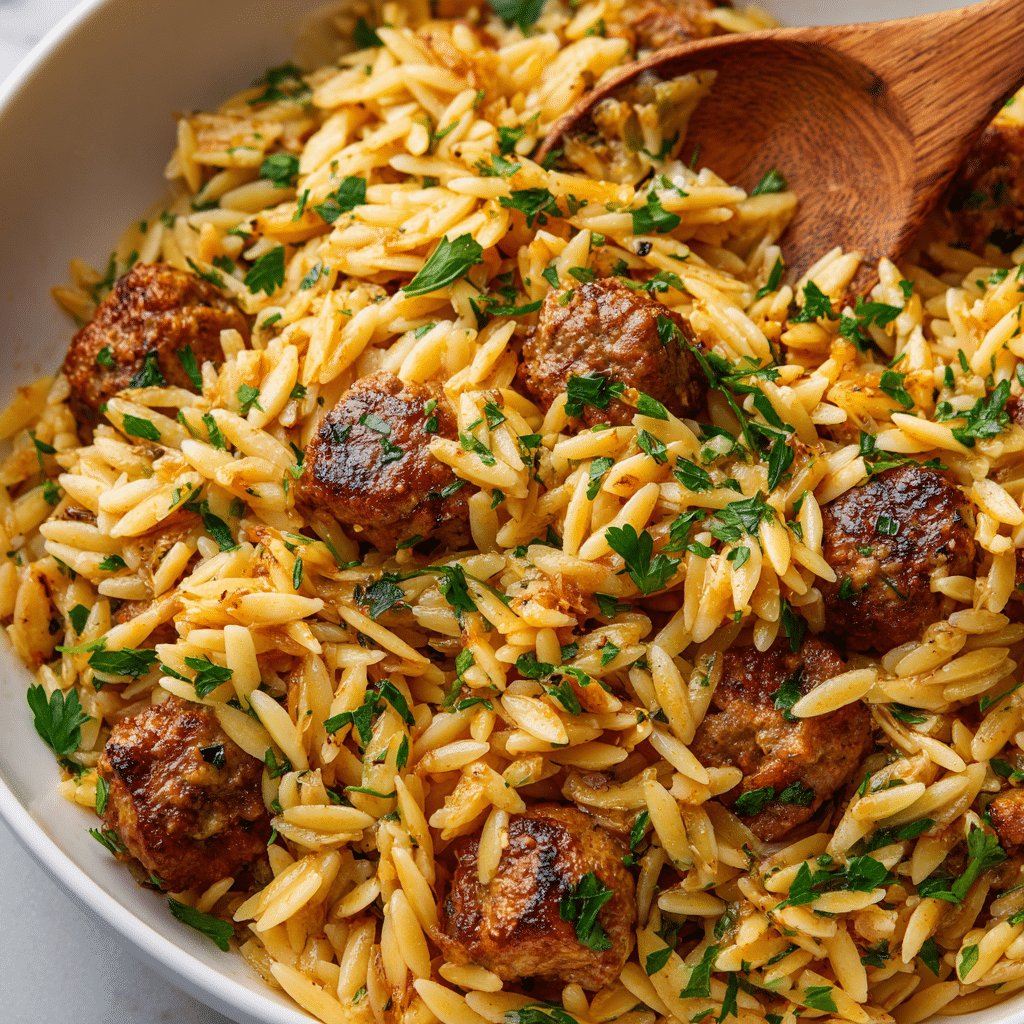Few dishes bring together bold flavor and comforting warmth quite like lamb meatballs. With their rich, slightly earthy flavor, lamb offers a unique alternative to beef or pork. This lamb meatballs recipe draws inspiration from Mediterranean and Middle Eastern cuisines, blending aromatic spices, herbs, and simple ingredients to create a dish that’s deeply satisfying, especially on a chilly winter evening.
Whether served with a tangy yogurt sauce, tucked into pita with fresh greens, or simmered in tomato sauce over rice or couscous, these meatballs are incredibly versatile. They’re perfect for family dinners, weekend gatherings, or meal prep for the week ahead.
Ingredients
For the Lamb Meatballs:
-
500g (1.1 lb) ground lamb
-
1 small onion, grated or finely minced
-
2 cloves garlic, minced
-
¼ cup chopped fresh parsley
-
1 tsp ground cumin
-
½ tsp ground coriander
-
½ tsp cinnamon or allspice (optional but traditional)
-
½ tsp paprika
-
½ tsp salt
-
¼ tsp black pepper
-
1 egg
-
¼ cup gluten-free breadcrumbs or almond flour
For the Yogurt Sauce (Optional but Recommended):
-
1 cup plain Greek yogurt
-
1 tbsp lemon juice
-
1 tbsp olive oil
-
1 small garlic clove, minced
-
1 tbsp chopped fresh mint or dill
-
Salt to taste
Prep and Cook Time
-
Prep Time: 15 minutes
-
Cook Time: 25 minutes
-
Total Time: 40 minutes
-
Serves: 4–6
Instructions
1. Prepare the Meatball Mixture
In a large mixing bowl, combine all the ingredients for the meatballs. Mix gently with your hands or a fork until everything is evenly incorporated. Do not overmix, as this can result in tough meatballs.
2. Shape the Meatballs
Using your hands or a small scoop, form the mixture into 1.5-inch meatballs. You should get around 16–20 meatballs depending on size. Place them on a tray lined with parchment paper.
3. Cook the Meatballs
Option A: Pan Frying
Heat 2 tablespoons of olive oil in a large skillet over medium heat. Fry the meatballs in batches, turning to brown on all sides, about 8–10 minutes. Remove and set aside.
Option B: Baking
Preheat the oven to 400°F (200°C). Arrange the meatballs on a parchment-lined baking sheet. Bake for 18–20 minutes, or until browned and cooked through.
Making the Yogurt Sauce
While the meatballs are cooking, whisk together the yogurt sauce ingredients in a small bowl. Taste and adjust seasoning as needed. Chill until ready to serve.
Why Lamb?
Lamb has a distinct flavor that holds up beautifully to bold spices like cumin, coriander, and cinnamon. It’s a popular protein in Mediterranean, Middle Eastern, and North African cuisines, where it’s often used in meatballs (kefta or kofta), grilled skewers, or stews. If you’re looking to try something different from the usual beef or chicken, lamb is a fantastic and flavorful choice.
Serving Suggestions
These lamb meatballs are incredibly versatile. Here are a few favorite serving ideas:
-
With Rice or Couscous: Add a drizzle of yogurt sauce and a side of roasted vegetables.
-
In Pita Bread: Stuff warm pita with meatballs, chopped cucumber, tomato, red onion, and a spoonful of yogurt sauce.
-
Over Hummus: Serve meatballs over a bed of hummus with warm flatbread for scooping.
-
With Tomato Sauce: Simmer meatballs briefly in tomato sauce and serve over pasta or rice.
Pairing Ideas
-
Salad: A fresh cucumber and tomato salad or a tabbouleh-style herb salad balances the richness of the lamb.
-
Grains: Brown rice, basmati rice, or herbed quinoa complement the spices perfectly.
-
Vegetables: Roasted eggplant, zucchini, or a medley of bell peppers elevate the dish with sweetness and texture.
Spice Variations to Explore
One of the best things about lamb is how well it absorbs spices. While the base of cumin, coriander, and garlic is essential, you can personalize your lamb meatballs recipe by adding warming spices like ground turmeric, sumac for brightness, or a touch of chili flakes for heat. Moroccan-style meatballs might include ras el hanout or preserved lemon, while Lebanese versions may lean on seven spice blends or fresh mint.
Making It Dairy-Free
The lamb meatballs themselves are naturally dairy-free if you omit the Parmesan sometimes found in other variations. If you’re serving them with a yogurt sauce but need a dairy-free alternative, coconut yogurt or cashew-based yogurt works beautifully. Just be sure to choose an unsweetened version and adjust the acidity with a little extra lemon juice or vinegar.
Turning It into a Meal Prep Staple
Lamb meatballs reheat incredibly well and maintain their flavor and texture over several days. You can make a double batch and store half in the freezer. Simply freeze the cooked meatballs on a tray, then transfer to a sealed container. To reheat, warm them in the oven or simmer in sauce. They’re perfect to toss over salads, grain bowls, or in wraps for a quick and satisfying lunch.
Entertaining with Lamb Meatballs
If you’re hosting a dinner or casual gathering, lamb meatballs are a crowd-pleasing appetizer. Make them smaller, about bite-size, and serve with toothpicks and a trio of sauces such as yogurt, tahini, and a harissa-based dip. Guests will appreciate the bold flavor and easy-to-eat presentation. They also make an excellent addition to a mezze platter alongside olives, grilled halloumi, hummus, and warm pita.
Nutritional Highlights
Lamb is rich in protein, iron, and vitamin B12, making these meatballs not just flavorful but nourishing. Using fresh herbs, garlic, and spices adds anti-inflammatory benefits without relying on heavy fats or fillers. Opting for gluten-free binders and dairy-free options makes this dish accessible without compromising on taste or texture.
Adapting the Recipe for Kids
If you’re serving lamb meatballs to children, keep the spice level moderate and consider blending some finely grated carrots or zucchini into the mixture for extra moisture and nutrition. Smaller-sized meatballs are easier for little hands to manage and work well as finger food when paired with a simple dip or side of rice.
The Cultural Roots of Lamb Meatballs
Lamb meatballs have deep roots in several ancient cuisines, especially in the Middle East, North Africa, and the Mediterranean. In countries like Lebanon, Turkey, and Morocco, ground lamb is a staple ingredient often formed into meatballs or kebabs. Known as kofta or kefta, these dishes are traditionally seasoned with a blend of spices and cooked over open flames or in clay ovens. Each region adds its own unique herbs and aromatics, creating endless variations from a single core idea: lamb, shaped by hand, cooked with care.
In many of these cultures, lamb symbolizes hospitality and celebration. Meatballs are commonly served at family feasts, weddings, or during religious holidays. By preparing lamb meatballs at home, you’re participating in a timeless tradition that connects kitchens across borders and centuries.
Elevating the Dish with Garnishes
Simple garnishes can elevate your lamb meatballs from everyday meal to dinner-party worthy. Fresh herbs like parsley, mint, or cilantro add color and a burst of freshness. A sprinkle of toasted pine nuts or sesame seeds gives a pleasant crunch. A drizzle of high-quality olive oil or pomegranate molasses adds a luxurious finish that highlights the Mediterranean influence. Even a wedge of lemon on the side enhances the flavors and provides balance.
Lamb Meatballs for Special Diets
This recipe is naturally low in carbs and can be made gluten-free with the right binder. For paleo or Whole30 versions, simply use almond flour or mashed vegetables as a binding agent and serve with roasted vegetables or cauliflower rice. If you’re avoiding eggs, a flaxseed meal mixed with water can act as a plant-based binder, though texture may vary slightly.
With a few tweaks, lamb meatballs can fit into keto, Mediterranean, and heart-healthy diets—all without losing their rich, savory character.
Making Lamb Meatballs Ahead for Events
For holidays, gatherings, or even meal trains, lamb meatballs are a practical and appreciated dish. You can fully cook them and refrigerate in sauce for up to three days. They reheat well in a slow cooker or oven. If you’re transporting them, use a thermal container to maintain temperature and serve them directly from the pot to avoid drying out.
These meatballs also freeze well, whether in sauce or plain. Be sure to cool them completely before storing to avoid condensation, which can affect texture.
Final Tips for First-Time Lamb Cooks
If you’ve never cooked with lamb before, start with ground lamb—it’s easier to work with than whole cuts and less intimidating. Look for lamb with moderate fat content to keep your meatballs juicy. If the flavor of lamb is new to your palate, consider blending it with a little beef or veal to create a milder profile while still enjoying the depth it brings.
Always taste and adjust seasoning carefully. Lamb loves bold spices, but it’s also important not to overpower its natural richness. With this balance, your first attempt can easily turn into a family favorite.
